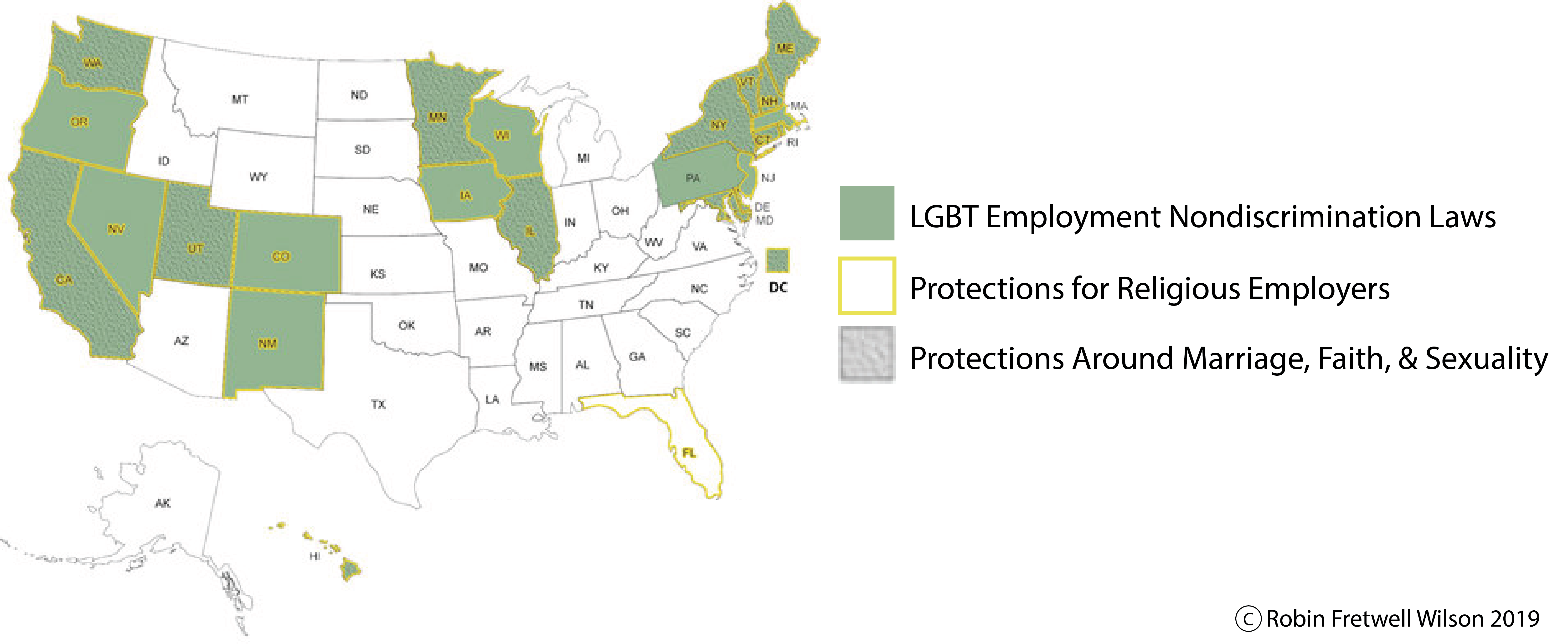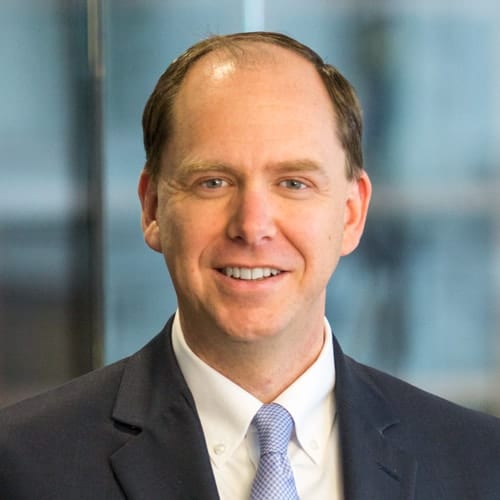This is part 3 in an ongoing series on an approach to advancing religious freedom by reducing opportunities for conflict between people of faith and those who feel discriminated against by the actions of people of faith. Part 1 described the sources of law that create the legal climate for religious practice and part 2 described the current legal rules on religious freedom. This article will describe one of the prominent examples of conflict between religious freedom and government policies.
Readers of Laura Ingalls Wilder’s Little House on the Prairie books will remember DeSmet, South Dakota, where the Ingalls family settled in the late 1870s. The small town – really a handful of families at the time – is a good setting for a thought experiment about religious freedom conflicts.
Thought experiment
Imagine that as the town grows, a local church wants to ensure that no family is ever at risk of starvation as the townspeople were during the long winter of 1879. So, they build an outbuilding on church property that can be used as a soup kitchen and food bank and hire a local resident to gather and store food and share it in time of need.
What would the legal implications of such a decision be at the time? Probably none. What about today? Well, there could be plenty: Is the property zoned for that kind of use? Does the facility follow regulations on food safety and preparation? If there are enough employees, did the church violate any discrimination rules in hiring them? Do the employees have a benefit plan that could be subject to federal regulations? You get the point.
With the increase of legal regulations since the time of Wilder’s books, there are far more opportunities for such rules to impact activities by a person of faith or a church or other religious organization.
Conflicts with discrimination laws
Over the past few decades, the most prominent example of religious freedom conflicts has centered on laws at the federal, state or local level that prohibit discrimination on various grounds.
Why would this be? There are a couple of observations that can help explain this.
First, the nature of religious faith is that it involves appeals to conscience. This may be manifest in a belief that we are accountable to a Supreme Being or in a commitment to higher principles. This means that religious people do not measure their choices solely by whether they think they can get away with them as a legal technicality. So, there is always the possibility that a person of faith might believe a government regulation is at odds with the demands of conscience.
Second, and following from the first, religious belief often involves drawing lines. Many religions have formal structures with membership. Most subscribe to commandments or teachings that are obligatory for believers.
Third, this line drawing can often be at odds with government priorities. In our country, we favor openness and equal opportunity, but for a religious organization, considerations like membership in good standing can be more important. It may make sense to disregard an applicant’s belief when hiring a chef, but not so much when hiring a pastor.
Fourth, recent and powerful social trends have placed some choices or statuses (related to sexuality, for instance) within the realm of legal protection against discrimination, even though these are at odds with longstanding religious teachings. So, the Catholic Church that would not take race into consideration in hiring may still want to be allowed to make a distinction between an employee who is cohabiting and one who is married.
Sexual orientation and gender identity
All of this leads to the conflict that often gets the most attention – the concern among people of faith that discrimination laws including categories like sexual orientation and gender identity will create duties or prohibitions at odds with the faith commitments of people of faith or religious groups. The parallel concern among people who want to ensure that LGBT people are provided equal treatment is that religious conscience could be used as an excuse for unfair treatment.
We see this conflict in the lawsuits over wedding professionals who want to decline to participate in same-sex wedding ceremonies for religious reasons, or those in which religious schools are sued for firing employees in same-sex marriages. The conflict touches on a wide variety of practices like employment benefits, tax exemption, provision of social services, interactions with clients, etc.
The concerns related to this conflict have now been dramatically heightened by the U.S. Supreme Court’s recent decision that interprets federal employment law banning discrimination on the basis of sex as also prohibiting discrimination on the basis of sexual orientation and gender identity. Not only does that decision implicate hiring decisions, there are already lawsuits to expand the reach of other areas of the law, like healthcare, that also prohibit sex discrimination.
At the beginning of 2020, 22 states prohibited discrimination in employment on the basis of sexual orientation and gender identity. Now, employers in every state are required to follow this legal rule.

Importantly, since this change was accomplished by a court decision, it merely ruled the change was required but could not balance the effect of the change with religious exemptions that might limit its impact.
Need for resolution
This is an unresolved potential conflict for religious freedom, and there are others too. Without resolution of some kind, we can expect continued litigation and a patchwork of state solutions that will be supportive of, or hostile to, religious interests. The bottom line is that the situation will remain unstable.
What other conflicts exist? In the next installment we will describe additional conflicts in the areas of education and healthcare before turning to some of the basic approaches that have been proposed for resolving the conflicts between religious freedom and discrimination laws.
Part 4: Religious freedom conflicts can ensnare schools, healthcare workers
More Insights



